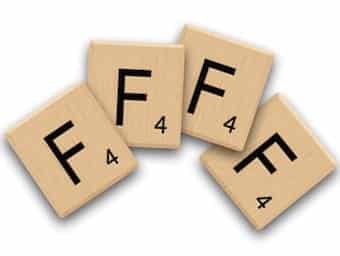
First Order and Zero Order Kinetics
Pharmacology Photism: Describe First Order elimination Kinetics? How is this different to zero order kinetics? BSCC Examination question

Pharmacology Photism: Describe First Order elimination Kinetics? How is this different to zero order kinetics? BSCC Examination question

Louis Théophile Joseph Landouzy (1845-1917) was a French neurologist.. Landouzy-Dejerine syndrome and Landouzy syndrome

Just when you thought your brain could unwind on a Friday, you realise that it would rather be challenged with some good old fashioned medical trivia FFFF, introducing the Funtabulously Frivolous Friday Five 244

Funtabulously Frivolous Friday Five 243 - Just when you thought your brain could unwind on a Friday, some medical trivia FFFF.

aka Metabolic Muddle 013 A 30 year-old female was admitted to the ICU following a traumatic brain injury. Her ABG was normal on arrival. Since admission her condition has deteriorated and she now has circulatory failure requiring 100mcg/min of noradrenaline…

Funtabulously Frivolous Friday Five 242 - Just when you thought your brain could unwind on a Friday, some medical trivia FFFF.
Ludwig Lichtheim (1845 - 1928) was a German physician.
Antoine Bernard-Jean Marfan (1858 - 1942) was a French pediatrician. Described Marfan syndrome in 1896

Funtabulously Frivolous Friday Five 244 - Just when you thought your brain could unwind on a Friday, some medical trivia FFFF.
Gabriel Anton (1858 - 1933) Austrian neurologist and psychiatrist.

Jens Einar Meulengracht (1887 - 1976) was a Danish physician. Meulengracht ikterus index; Meulengracht diet; Gilbert syndrome
Biography Born 1871 Died 1953 Medical Eponyms Heerfordt syndrome (1909) a rare manifestation of sarcoidosis characterized by the presence of fever, facial nerve palsy, parotid gland enlargement, anterior uveitis, and low grade fever Key Medical Attributions Controversies Major Publications Heerfordt…